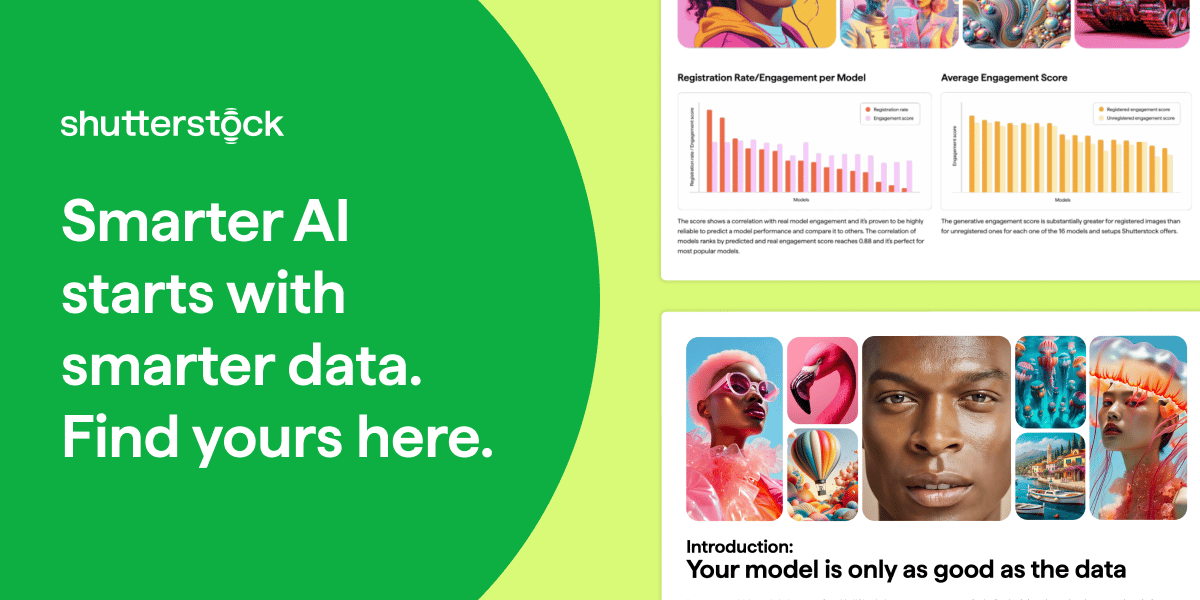- Aditya's Newsletter
- Posts
- The Pioneer Of Cloud Computing Doesn't Even Exist Anymore
The Pioneer Of Cloud Computing Doesn't Even Exist Anymore
Before the world of AWS, Azure, and GCP
We are now a community of 251! Thank you❤️
This newsletter is free and I don’t use paid advertising. I completely rely on organic growth through users who like my content and share it.
So, if you like today’s edition, please take a moment to share this newsletter on social media or forward this email to someone you know.
If this email was forwarded to you, you can subscribe here.
If you want to create a newsletter with Beehiiv, you can sign up here.

Years before AWS even existed, there was a company that ran Facebook, Twitter, LinkedIn, and more on the cloud. It was also the owner of Node.js. It invented containers before Docker was a thing. But then it disappeared.
This is the story of Joyent.
Started in 2004, the name Joyent was coined by David Paul Young.
I thought there might be something to this work and determined to do something useful for the ENTerprise. I had always been a fan of Joy Divison and C.S. Lewis’ idea of being “surprised by Joy”, so stuck “Joy” in front of of “ent” to make “Joyent”. Turns out the word “Joyent” is also found in middle english and means “joint” especially with respect to the intersection of two structural beams. Perfect.
In November 2005, Joyent merged with TextDrive. Young became the chief executive of the merged company, while TextDrive CEO Dean Allen, a resident of France, became president and director of Joyent Europe.
Jason Hoffman (from TextDrive), serving as the merged company's chief technical officer, spearheaded the move from TextDrive's initial focus on application hosting to massively distributed systems, leading to a focus on cloud computing software and services to service providers.
What followed was a visionary cloud company that had a jaw-dropping list of clients - Twitter, LinkedIn, and Facebook. Joyent was literally everywhere but invisible.
Joyent built their own operating system called SmartOS which used the concept of container virtualization. This was 8 years before Docker even existed!
This was a company ahead of the curve. One Joyent server could easily handle what multiple Amazon EC2 instances couldn’t.
Unfortunately, as brilliant as the team at Joyent was, they were all Sun refugees and hence built using Solaris while the developers of the world wanted Linux.
Things didn’t immediately go downhill in all aspects. While Joyent began losing ground to massive investments in the cloud by Amazon, they brought in Ryan Dahl, the creator of Node.js, and became its steward.
Node.js is today used by NASA, Netflix, PayPal and many more leading companies.
But Jeff Bezos had seen the cloud as the next big thing. AWS kept slashing prices. They may not have had the best product but they had a cheaper and easier-to-adopt product.
Joyent tried to match Amazon’s pricing but they could not match the DX due to their reluctance to leave Solaris.
By 2010, AWS became synonymous with ‘cloud,’ and Joyent was disappearing already.
In 2016, Joyent was acquired by Samsung for $125 million. Pennies compared to the then-valuation of AWS at $100 billion. Even Docker was a billion-dollar startup by then.
Things worsened under Samsung and Joyent completely shut down their public cloud in 2019.
The lesson? Being the best doesn’t guarantee that you’ll stay at the top. You need to adapt to the changing world around you.
Training cutting edge AI? Unlock the data advantage today.
If you’re building or fine-tuning generative AI models, this guide is your shortcut to smarter AI model training. Learn how Shutterstock’s multimodal datasets—grounded in measurable user behavior—can help you reduce legal risk, boost creative diversity, and improve model reliability.
Inside, you’ll uncover why scraped data and aesthetic proxies often fall short—and how to use clustering methods and semantic evaluation to refine your dataset and your outputs. Designed for AI leaders, product teams, and ML engineers, this guide walks through how to identify refinement-worthy data, align with generative preferences, and validate progress with confidence.
Whether you're optimizing alignment, output quality, or time-to-value, this playbook gives you a data advantage. Download the guide and train your models with data built for performance.
Did you like today’s newsletter? Feel free to reply to this mail.
This newsletter is free but you can support me here.


Reply